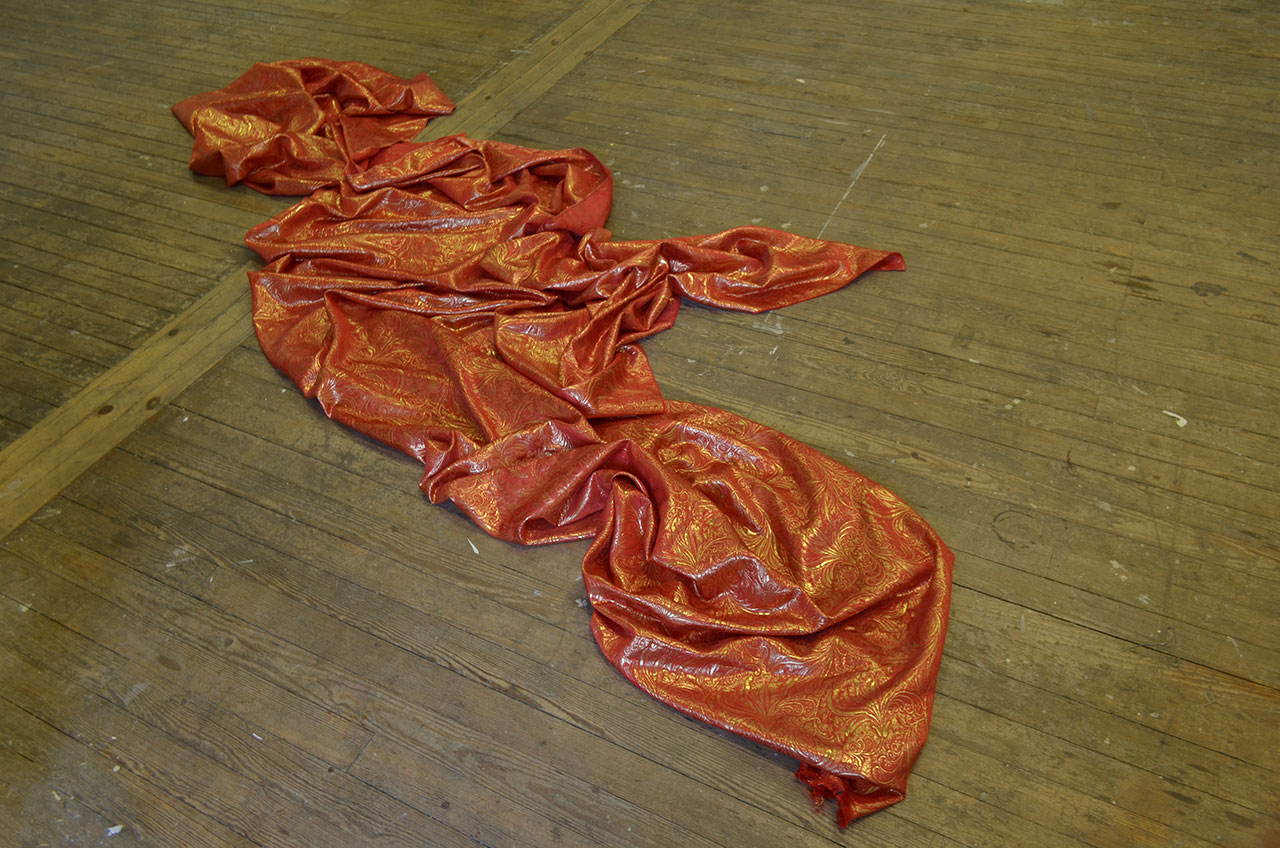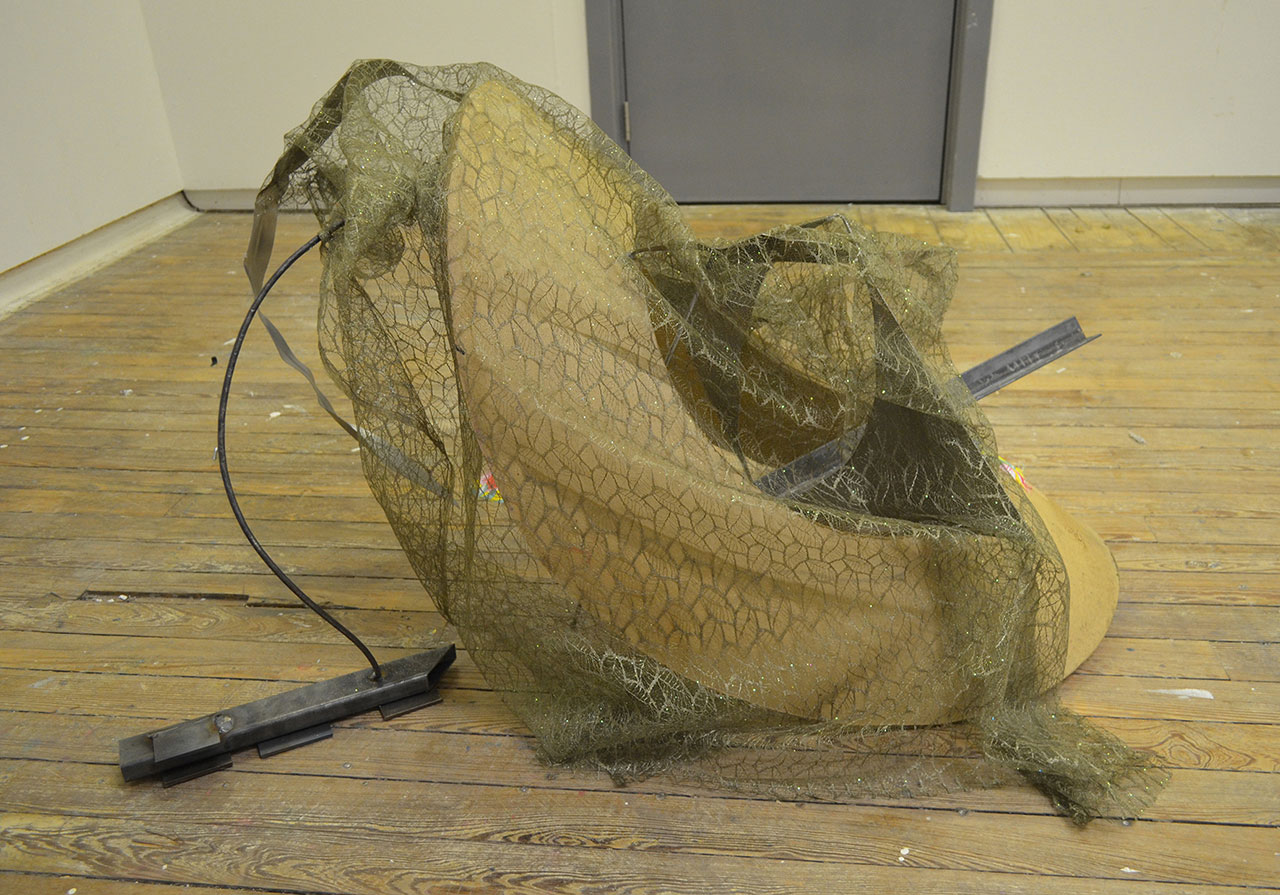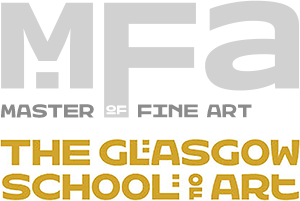

Installation
Variable dimensions
2016


Sculpture
Variable dimensions
2016


installation
Variable dimensions
2016


installation
Variable dimensions
2016


Sculptures
Variable Dimensions
2016
